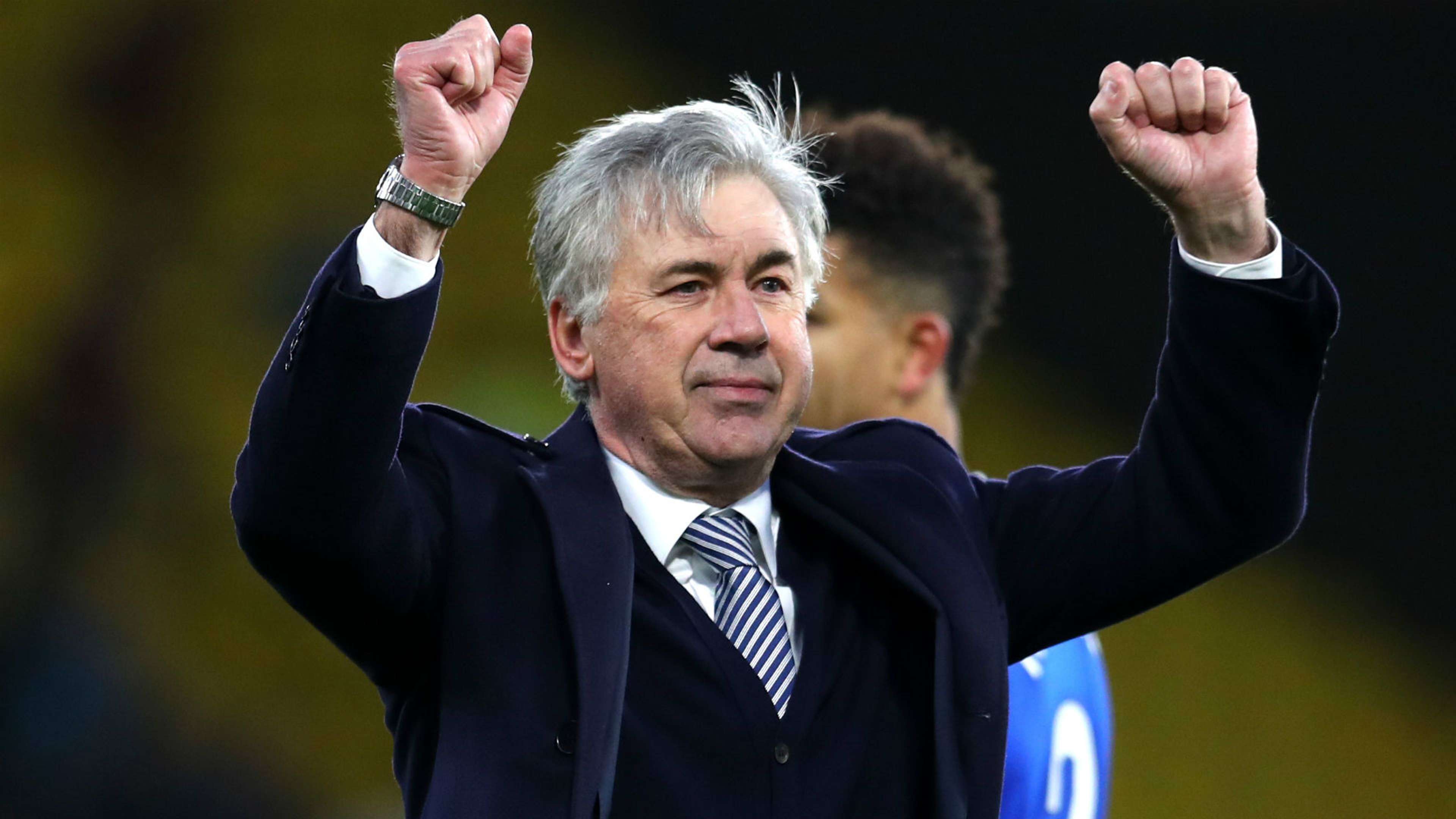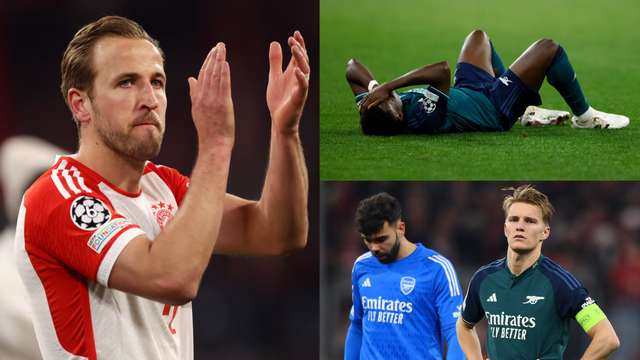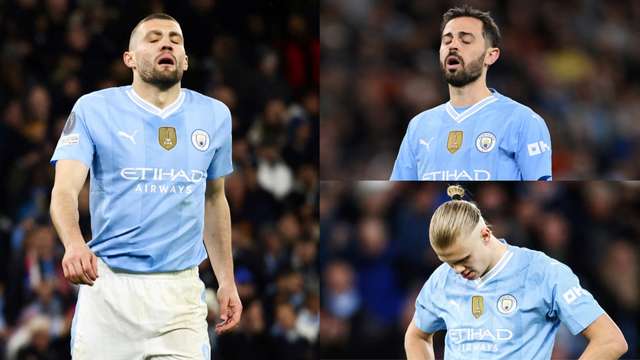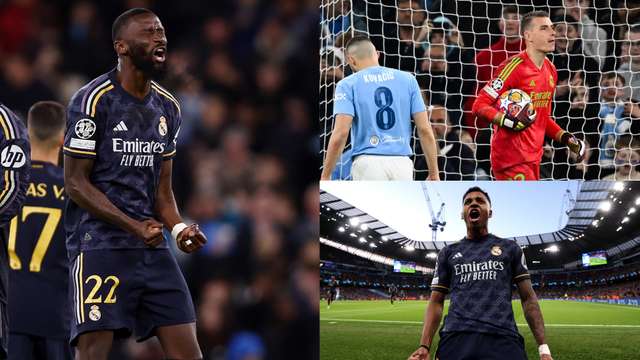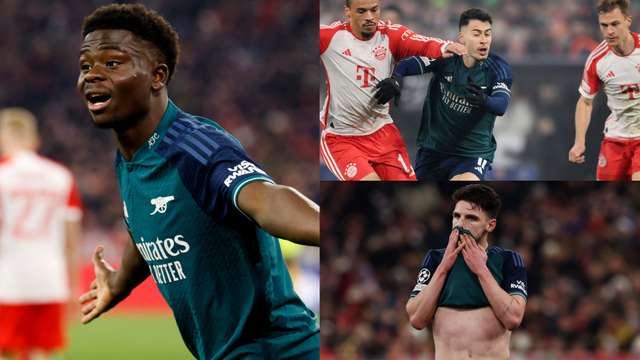The one clear benefit of an otherwise clumsy winter break is the space it has opened for non-‘Big Six’ stories to be explored, and sure enough beating Crystal Palace 3-1 on a relatively uneventful Saturday has led to a sudden flurry of interest in Carlo Ancelotti’s start to life at Everton.
Having won five of his nine games in charge and losing only once in the league - at Man City - the attention is long overdue. But although the busyness of the winter schedule and Mikel Arteta’s start at Arsenal has certainly pulled focus from the Italian’s return to English football, the lack of interest is also partly the result of Ancelotti’s influence being somewhat intangible.
His impact has been subtle, both psychologically and tactically, leaving pundits unsure of what – if anything – to praise. Ancelotti has chosen to tread lightly, making only minor changes as he gets to grips with the Everton squad and navigates the fixture congestion. But to make modest adjustments is not tantamount to having a small impact.
On the contrary, Everton have been completely transformed from the team we saw under Marco Silva. The first notable change has been the formation, with Ancelotti introducing his preferred hybrid 4-4-2/4-3-3. The basic premise is defensive solidity in a 4-4-2 off the ball - with wingers tucking to form a solid, compressed midblock – and transition into a fluid 4-3-3 when possession is won.
This switch is achieved by the right midfielder moving into the forward position - in this case Theo Walcott - and the left-sided striker shifting across to become more of a left forward in the case of Richarlison. Bernard or Alex Iwobi tucks inside from the left to help form a three-man midfield. This alone makes Everton more complex than most of other teams outside the traditional ‘Big Six’, and has certainly led to some confusion among opponents unsure how to track the shifting movements of the midfield and attacking lines.
Next Match
Beyond the formation change, Ancelotti has dismissed the directness instilled under Duncan Ferguson and gone to an assertive passing style of football that looks to dominate possession without it becoming stale. At the heart of this is the centre-backs’ distribution, with both players expected to take risks in playing vertical passes between the lines - as Michael Keane revealed recently in an interview with Stadium Astro.
"He has changed little things in the way we play," he said. "He wants more movement of players to get in between the lines, [and] centre-halves to bring the ball out more; maybe dribble a little bit more before they pass it just to get us up the pitch."
This feature is complemented by more intelligent movement in midfield to shuffle across into spaces in between the opponents, as Keane says, creating passing options that are considerably more vertical and dynamic than seen under Silva or Ferguson. Gylfi Sigurdsson and Tom Davies, for example, are expected to constantly search for the ball, shuttling into gaps for Mina and Keane to feed them.
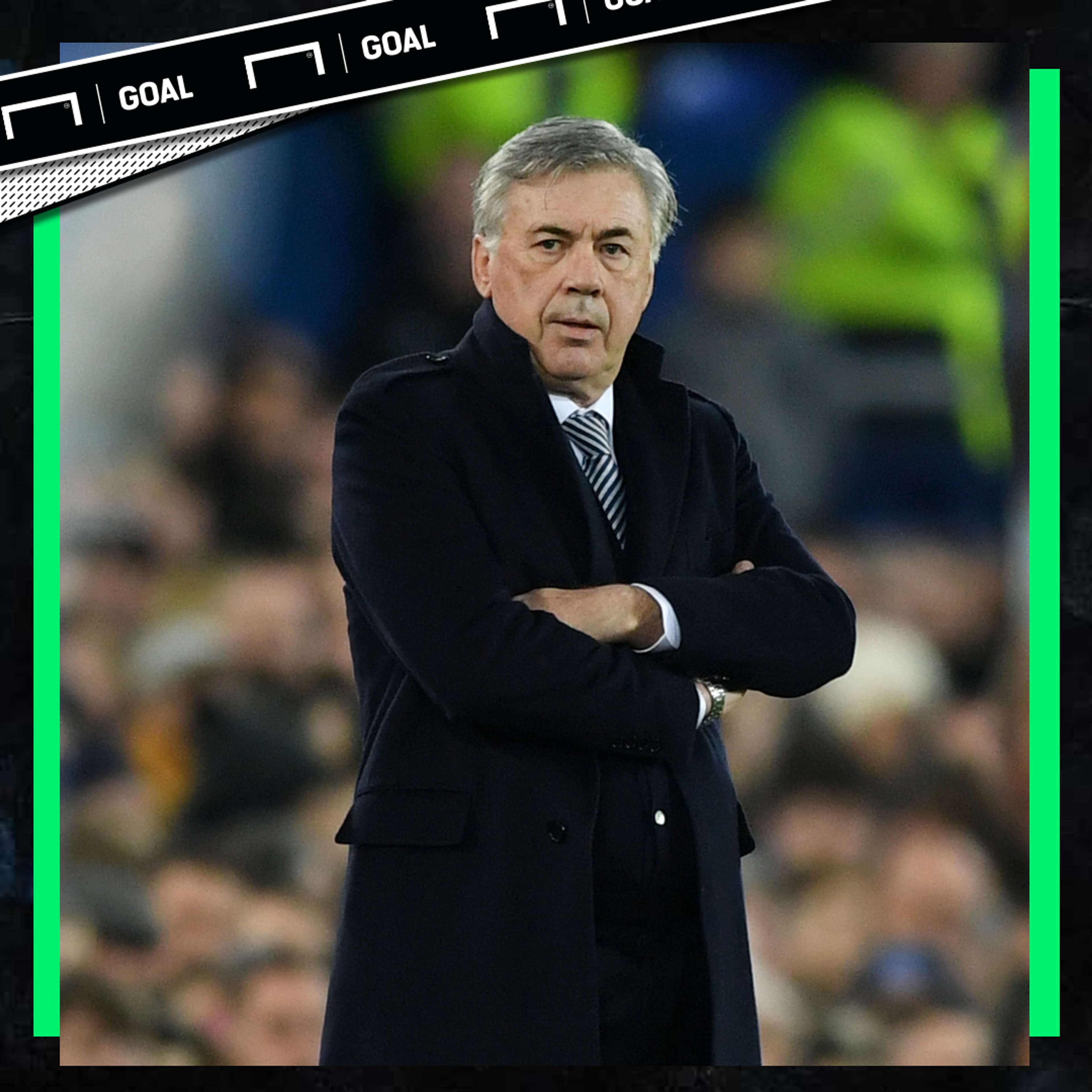 Getty Images
Getty Images
Ancelotti wants to play on the front foot, arriving quickly into the final third in numbers. Further up the pitch, Ancelotti has been continuing Ferguson’s decision to play Richarlison and Dominic Calvert-Lewin together up font. They have an excellent partnership and complementary skill sets, and one assumes from their close interactions in recent weeks – their seemingly instinctive connection – that much work has been done on the training ground to accommodate this.
How the wide players adapt to different areas of the pitch also appears to be the result of detailed instruction during the week. Walcott is popping up in the penalty box more than before, and Bernard or Iwobi are also keen to get forward from their tucked-in position. Ancelotti’s wingers are expected to play narrowly, increasing goalscoring options in the penalty area and simultaneously creating space for overlapping full-backs. Lucas Digne in particular has excelled down the left, while the common selection of Djibril Sidibe - often out of favour this season- tells us quick, attacking full-backs are an important part of Anceolotti’s vision for the club.
Off the ball, things are a lot simpler. A basic 4-4-2 that refuses to drop too deep has created a compressed shape that is difficult to break down. Everton aren’t expected to press all over the pitch, but rather snap into tackles in the middle third, with Richarlison and Calvert-Lewin largely stepping off to block the passing lanes. Bernard/Iwobi and Walcott have been surprisingly diligent in tracking back and holding their shape, helping to control against counter-attacks or leave the back four exposed – as they so often were under Silva.
How Ancelotti has got these players to work so hard and listen so closely to defensive instruction brings us onto the second major theme of his management so far: the psychological impact of hiring a statesmanlike and well-respected figure. There is a calm focus about Everton’s play that can be attributed to hiring a figure like Ancelotti, renowned for a relaxed atmosphere in training and loose boundaries with the players. Along with his vast experience and multiple titles, it is easy to see why Everton’s players would play without tension in their shoulders while sticking rigidly to a tactical plan.
When a club of Everton’s size pull off a coup like that, it is only natural the players will sit up and pay attention; it is only natural the club will suddenly feel revitalised by a sense of purpose. Of course, the psychological side also has the feel of a ‘new manager bounce’ about it, and indeed the sheen may wear off over the next few weeks when Everton contend with Arsenal (a), Man Utd (h), Chelsea (a), and Liverpool (h) in their next four. It is certainly a test of how real and lasting the Ancelotti effect will be – and will probably leave Everton well outside the top four.
Focus will then turn to what Ancelotti can do in the summer to build on these early signs of progress. A priority has to be to sign at least one new central midfielder, because the complexity of the role as the Italian sees it is perhaps beyond Sigurdsson, Morgan Schneiderlin, and Andre Gomes.
Jordan Pickford’s poor performances also put his position under threat, while Richarlison may have his head turned in the next transfer window. Then again, Ancelotti may be quietly confident he can convince Richarlison to stay; to believe in the project he has started so effectively. Certainly there is a sense among supporters that after years of floating in seventh or eighth the club has a clear direction. And that, at any level of football, is a precious commodity.
